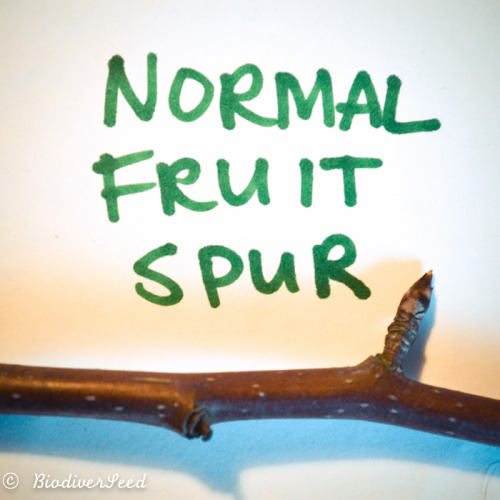biodiverseed:Treating Fire BlightFire blight is a bacterial disease that primarily affects the young
biodiverseed:Treating Fire BlightFire blight is a bacterial disease that primarily affects the young, rapidly-growing shoots of pome fruits (especially pears and quince, but also apples and firethorns, and to a lesser degree, hawthorns, serviceberries, loquats, mountain ashes, and other related species in the subtribe Malinae).It is spread by pollinators like honeybees during flowering, and pinkish orange streaks develop in the wood as a canker develops. If left over many seasons, the infection moves from the canker towards the roots.The name ‘fire blight’ refers to the burnt appearance of leaves, bark, and fruit at infected sites.Younger trees—and rapidly-growing tissues—are more vulnerable to infection. Infected wood can’t be treated with the application of antibacterial and antifungal copper sprays: and must be pruned out. However, an older tree tree can live with the disease.The tree above is my Clapp’s Favourite European Pear, on an espalier. As sad as I was to cut off 10 fruiting spurs, it’s much better for the long-term health of the tree that infections are eradicated as soon as they appear. The canker becomes active in spring, dripping a sap laden with bacteria down to the soil, and also slowly moving towards the trunk and roots, thus continuing the life cycle of the pathogen. Instead of allowing that to happen, I am burning the infected tissue and converting it into useable ash and biochar, both excellent soil amendments.Read more: Fire Blight Identification, Life Cycle, and ManagementRelated: Bridge Grafting to Bypass a Fungal Lesion#Pyrus #pruning #plant diseases #fruit trees #microorganisms -- source link
Tumblr Blog : biodiverseed.tumblr.com
#useful#gardening




